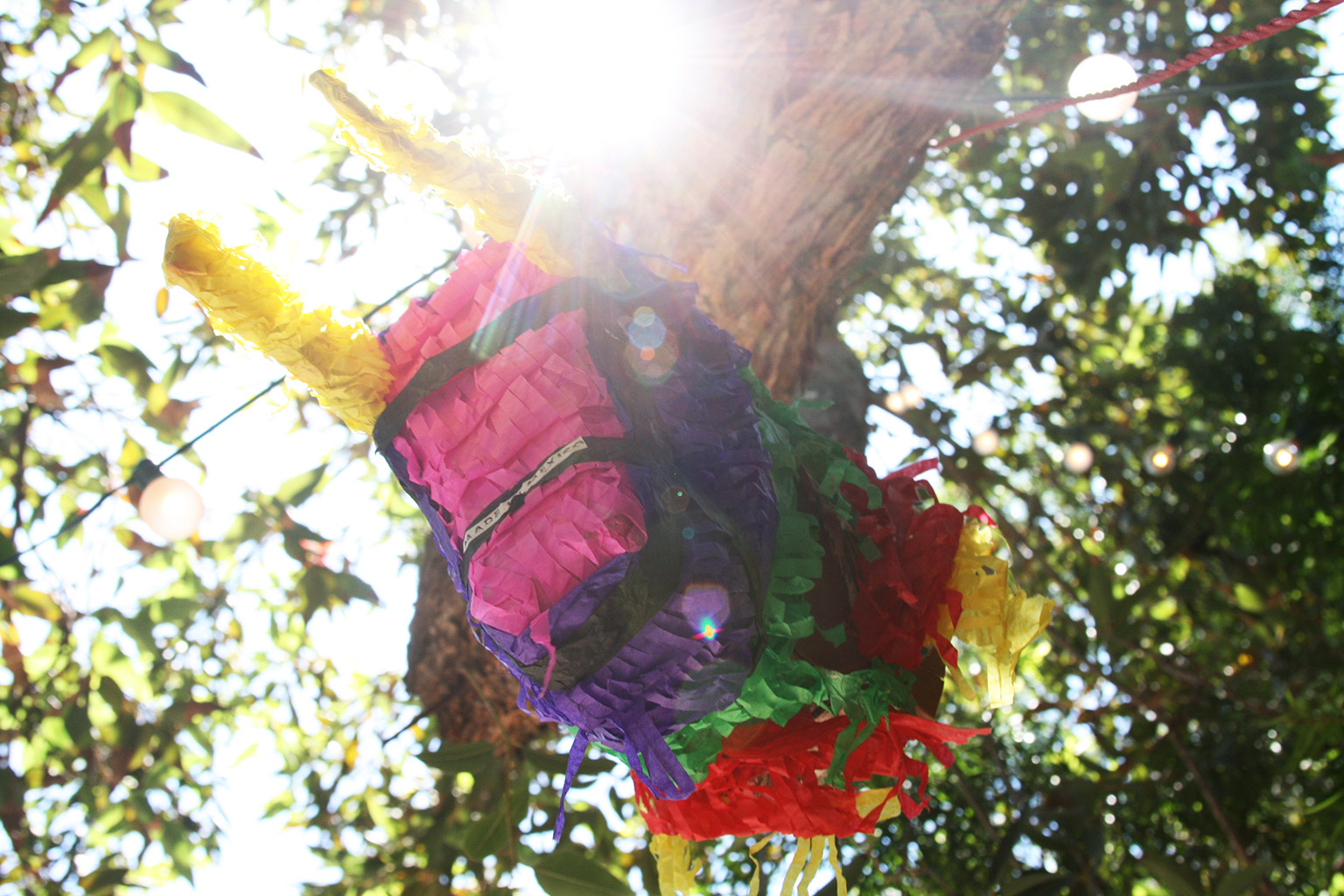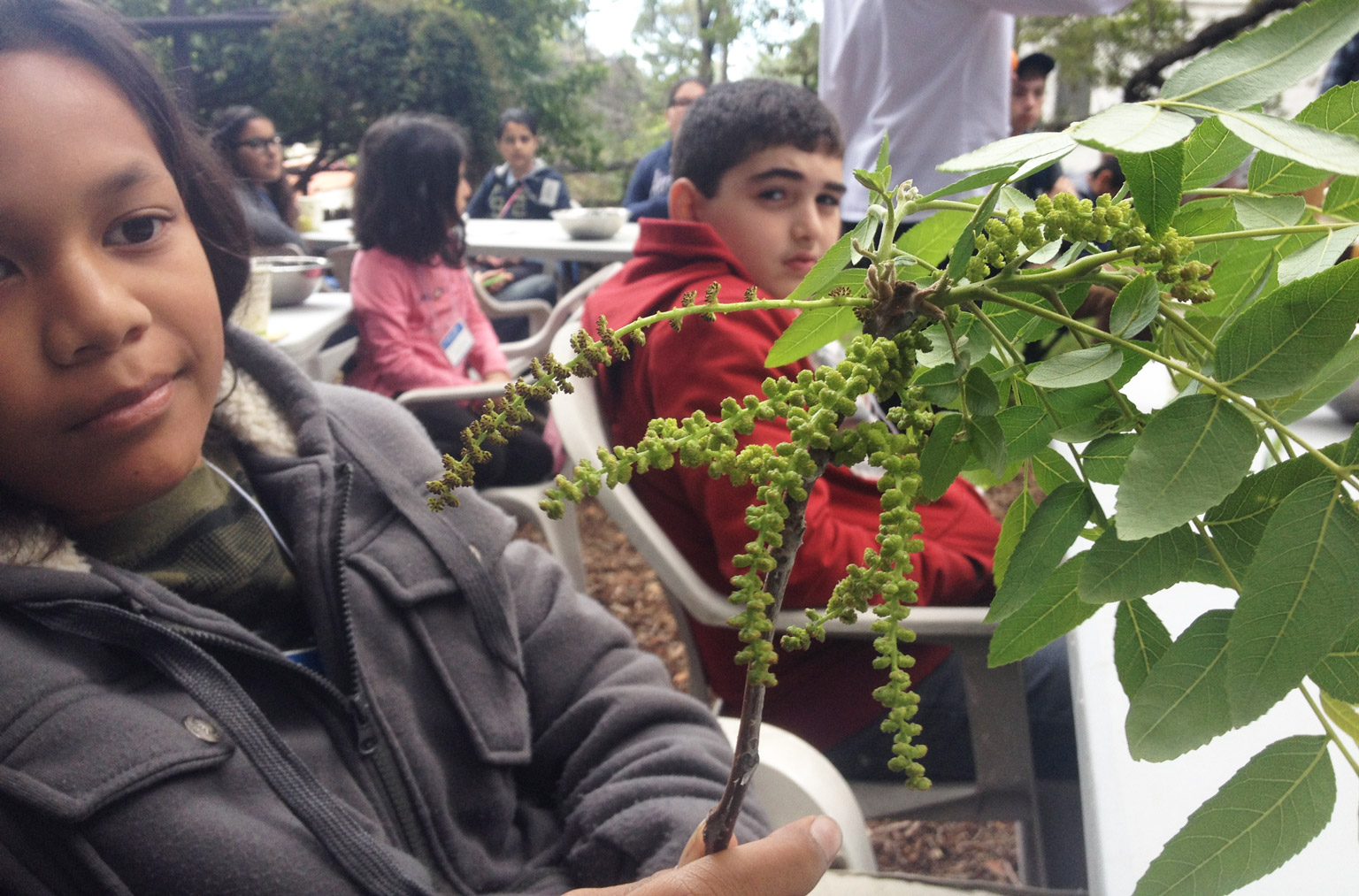Early last year, we wrote a guest piece comparing vegan ‘beef’ stew to the fine, fine music of Mr. Dan Black for our friend, Joshua, over at the Discerning Brute. Whereas we wholeheartedly stand by our comparison of european electro-pop to a nice, hearty stew, we’ve since revised our recipe and—given that it seems like there may well be a number of dreary, not-quite-spring-yet-godammit days ahead of us—we thought we’d share said revised recipe with you, dear reader. The main differences are the cooking technique (less boiling), use of home-made seitan (easier than it sounds and SO good), and the use of fresh broth rather than bullion cubes (less sodium, better taste). Now look outside. It’s time to make this stew.
Hearty Seitan Stew
• 16 oz. or so of Seitan, preferably home-made (The PPK has a great recipe, but we LUUUURV Terry Hope Romero’s seitan recipes in her vegan mexican book, Viva Vegan)
• 5 Un-peeled Carrots, cut into .5″ thick circles
• 5 Stalks Celery, sliced into .25″ pieces
• 16 oz. Frozen Peas
• 1 medium Sweet Onion (Vidalia or the like), diced into small pieces
• 3 medium un-peeled Yukon Gold Potatoes, cut into 1″ cubes
• 5 cloves Garlic, smashed, peeled, and diced
• 1 bottle or can of Decent Beer (we recently used Żywiec, a slightly sweet, medium alcohol Polish beer and it worked well)
• 2 tbsp. Teriyaki (we like Soy Vay…too much, maybe)
• 2 tbsp. Liquid Hickory Smoke
• 2 tbsp. HP Sauce or Vegan Worcestershire Sauce
• 6 oz. can of Tomato Paste
• 2-3 cups Vegetable Broth (preferably home-made—Allison of Allison’s Gourmet has a great sidebar on making vegetable broth in her current newsletter—it’s super-easy and well, well worth it)
• Olive Oil
Alright, that may seem like a lot of ingredients to some of you, but this is really a pretty simple recipe. And it makes, like, 72 servings or something, so it’s good for the long haul. First off, chop up your seitan into small chunks, maybe an inch or two in size. Whatever floats your boat, really. Brown the seitan in a tablespoon or so of oil in a large, heavy-bottom skillet—cast iron’s great. Do this over medium-high heat for five minutes or so, stirring the seitan to make sure it’s browning on all sides. Once it looks nice and appetizing, set it aside.
Without cleaning the skillet, warm another tablespoon of olive oil over medium heat, add your onion, and cook until it begins to caramelize, stirring often and allowing it to become a little translucent and brown a little on the edges. This’ll take seven minutes or so. Once that’s good to go, add your garlic. Lower the heat a tad to make sure the garlic doesn’t brown too much and cook for five minutes. Now re-introduce your seitan—”Seitan, I’d like you to meet Onions and Garlic. Onions and Garlic, this is Seitan. You may have heard of him.”—stir to coat and cook uncovered for a few minutes. Now throw in your teriyaki, smoke, HP or worcestershire, and half the beer, covering and cooking for 10 minutes or so. Uncover, stirring up the mixture and then adding your potatoes and a cup or so of broth. Stir and scrape the bottom of the skillet, using the liquid to deglaze the mixture and then re-cover, cooking for about ten minutes, but uncovering every so often to stir and check the tenderness of the potatoes with a fork. Once your potatoes begin to give a little but are still fairly solid, add in the carrot slices and re-cover, cooking for five minutes. At this point, most of the liquid should have absorbed into the seitan and vegetables, but if it hasn’t, cook uncovered over medium heat until the liquid’s mostly cooked off.
In a separate large pot, carefully mix together the frozen peas, celery, tomato paste, and the setian-vegetable mixture from the skillet with the rest of the beer and one to two cups of stock, depending on how thick you want your stew to be. Keep in mind that some liquid will cook off and the potatoes especially will begin to break down and thicken up the stew as their starch mixes in. And you can always add stock later if you’re unsure. Cook covered for at least a half hour and serve in hard-card wooden bowls by a fireplace in a dark, slightly seedy subterranean pub or country-side inn.



